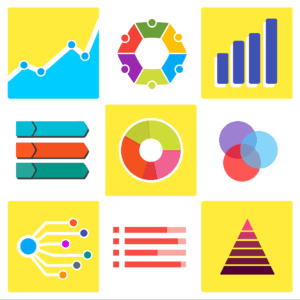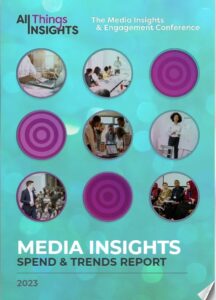Bringing Precision Segmentation to the Table
Psychographic segmentation, according to Qualtrics’ “What is psychographic segmentation? A beginner’s guide,” is a market research method used to divide a market or customer group into segments based on their beliefs, values, lifestyle, social status, activities, interests and opinions and other psychological criteria.
Beyond standard demographics, this method is said to provide a deeper, more nuanced understanding of the target consumer and helps support the creation of more specific and detailed personas, as well as deeper branding and marketing initiatives. Benefits can range from more personalized marketing and communications, improved product development and enhanced customer relationships. When customers feel understood and valued, it after all strengthens the customer-brand relationship.
Other benefits of psychographic segmentation, according to Qualtrics, includes:
- Understand inner drivers of your customers and prospects: It allows companies to delve deep into the psychological attributes of their customers. This means understanding not just what a customer or prospect might buy, but why they might buy it. By understanding needs, wants, concerns, motivations and aspirations, businesses can tailor what they offer to better align with what their target audience cares about.
- Enhanced communication: By understanding people on a personal and emotional level, companies can craft messages that resonate more powerfully. It’s not just about conveying what a product does, but how it fits into a customer’s life, meets their unique desires and addresses their particular challenges.
- Customer-centric product development: Psychographic segmentation allows businesses to shape products and services that integrate seamlessly into a customer and prospect’s life.
- Holistic view of the target market: While behavioral segmentation provides insights based on actions (like purchase history or website visits), psychographic segmentation delves into the reasons behind those actions. This offers a fuller, richer understanding of their target audience, and can help businesses to anticipate future needs and desires.
- Enhanced loyalty and retention: Customers tend to be more loyal to brands that ‘get them.’ When businesses tailor their communication and offerings based on psychographic insights, it helps current and prospective customers feel valued and understood – leading to greater trust and, consequently, loyalty.
- Efficient resource allocation: With a deeper understanding of what resonates with different customer segments, businesses can allocate resources more efficiently. In practical terms, this could mean evolving from generic campaigns to focused, impactful marketing campaigns targeting specific psychographic segments.
The Impact of Psychographic Segmentation
During TMRE 2025, Louise Leitsch, Global Research Director at Appinio, will hold the session, “From Insight to Impact: Fueling Creative Excellence with Psychographic Precision.” The challenge: In an AI-driven world, how do we keep creativity deeply human? Explore how psychographic segmentation—rooted in core human motives and attitudes—guides creative strategy, campaign development, and media targeting for maximum impact and effectiveness.
Discover the nine psychographic archetypes derived from McClelland’s motives (Power, Achievement, Affiliation) and Triandis’ attitudes (Emotional, Rational, Action) that are extremely strong drivers for brand choices. See real-world examples, including McCain’s IPA Grand Prix-winning campaign, illustrating how brands unlock creative resonance and effectiveness by targeting deep human drivers.
Learn how to balance AI-powered data with irreplaceable human insights and human creativity to create ads that truly connect. Walk away with actionable strategies to fuel your next breakthrough campaign with human-centric intelligence.
Building Consumer Connections
Tapping into psychographic segmentation can help leverage more meaningful connections with your customers. Qualtrics recommends getting started by defining the objective of the segmentation: “Clearly articulate the aim behind the segmentation. Whether it’s tailoring a product or refining an ad campaign, pinpoint the specific category of interest. This ensures segmentation is aligned with key business goals and is focused on actionable areas.”
Design the right research tools for the specific task at hand, so that you can capture and analyze the targeted data. Continually profile your segments, testing the relevance and validation of the categories while always striving to reassess and refine based on market dynamics and shifting consumer preferences.
Qualtrics notes, “Develop a research instrument to capture the psychographic attributes related to your category. Psychographic data is almost always quantitative, so consider surveys and questionnaires, and approaches like rank-ordering and multiple choice. Also consider collecting open-ended data – open text fields or video feedback questions are a great way to gather more depth than a structured question.”
Video courtesy of Product Marketing Alliance
Contributor
-

Matthew Kramer is the Digital Editor for All Things Insights & All Things Innovation. He has over 20 years of experience working in publishing and media companies, on a variety of business-to-business publications, websites and trade shows.
View all posts






















































































































































